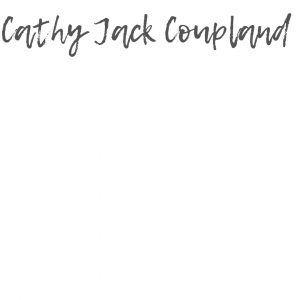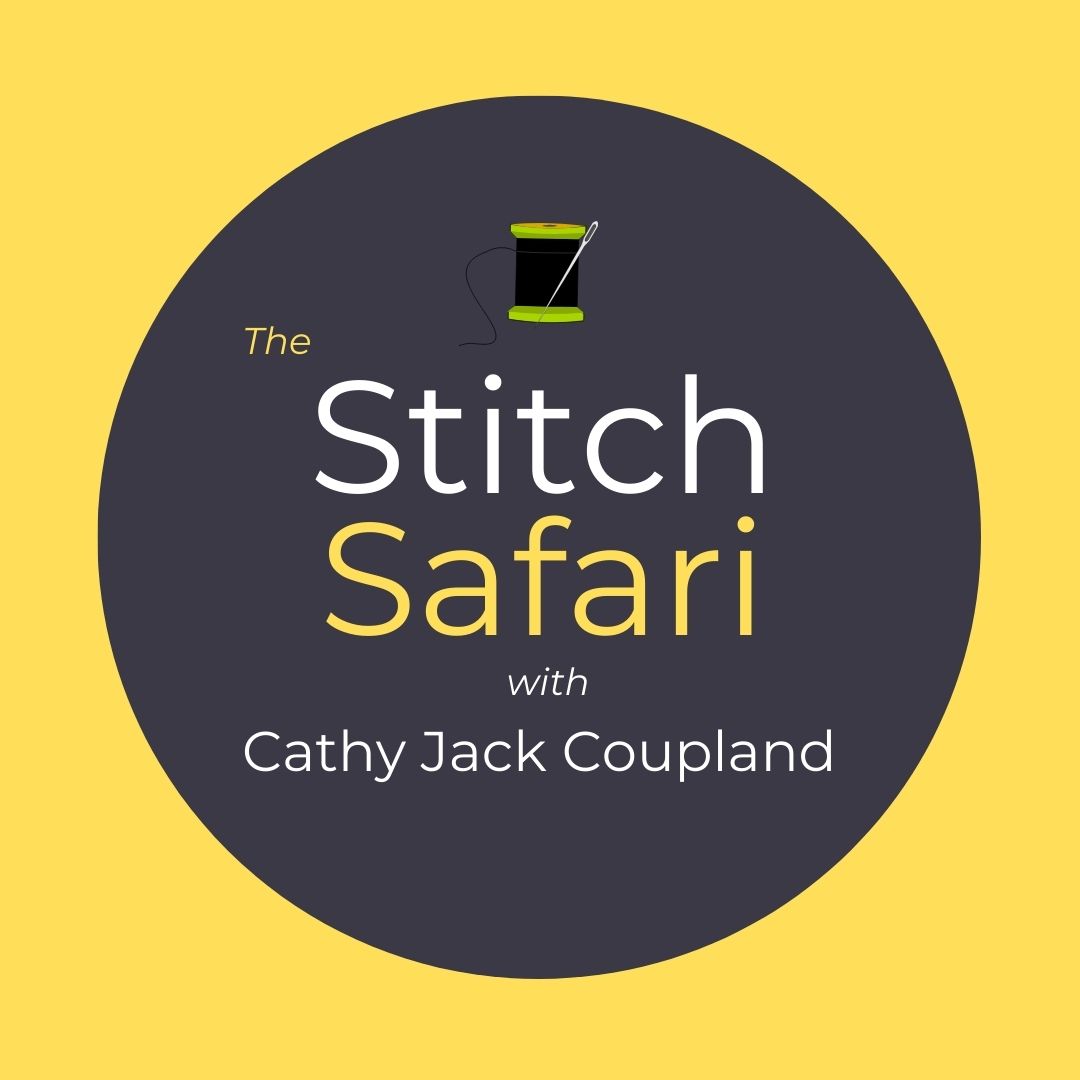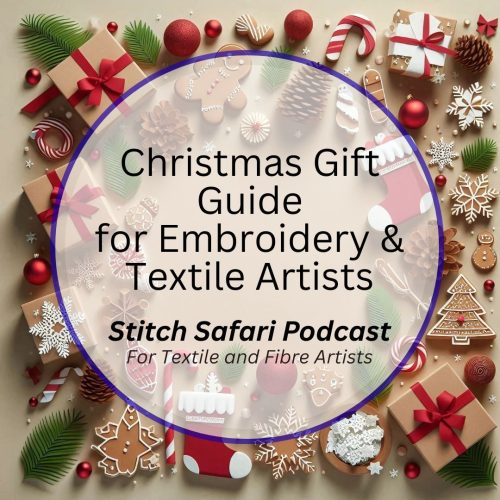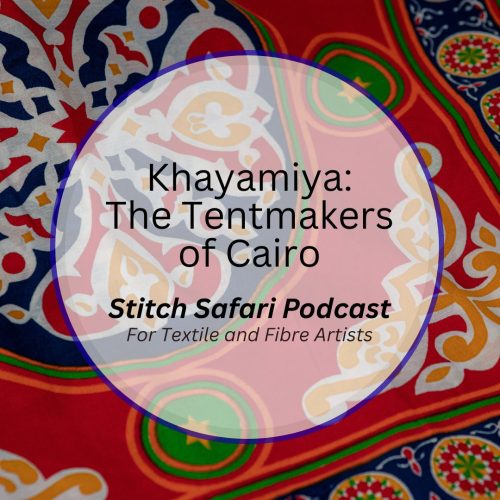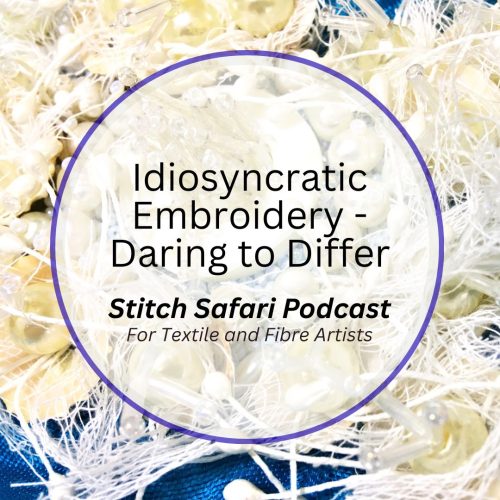Close your eyes and imagine the sound a cascading silk garment makes in movement.
Imagine the feel of exquisite embroidery – the silken smoothness of the long, colourful threads and the unmistakable texture of couched gold and silver, pearls, and other rich adornments.
You are but one of a number outfitted this way at the Chinese Imperial Court of the late Ming and Qing dynasties, where Dragon Robes really came into their own, creating what could only be described as a beautiful spectacle of movement, embroidery, and design.
These Dragon Robes conjure images of exotic myths from the mysterious Far East, drawing deeply on ancient culture and symbolism to create embroidered garments of magnificent elegance and technical prowess.
The mighty Dragon Robe or ‘Longpao’ was the everyday dress of Emporers or Kings of China, Korea, and Vietnam, but were also worn by courtiers and officials in later dynasties, denoting wealth, authority, power, and social status.
And yet again, we see the influence of trade and diplomatic gifts influencing design, embroidery techniques, and even colour with the use of synthetic dyes from the West.
This long, loose garment is one of the most ancient and easily recognizable symbols of Chinese culture – emblazoned with a dragon thought to be a combination of animals including the snake, eagle, tiger, and devil symbolizing the natural world and transformation.
The dragon was considered a benevolent, totemic creature closely associated with the sky, clouds, and rain – the sustenance of all life, and was depicted in roundels, coiled, full-faced or three-quarter view, on its own or in numbers, producing designs brimming with theatre and energy, becoming synonymous with the great Asian aesthetic.
The dragon’s ancestry can be found recorded on Chinese Neolithic pottery and Bronze Age ritual vessels while the use of a dragon symbol on Chinese Imperial robes was documented in the Book of Changes, an ancient Chinese Divination text.
First adopted by the Tang dynasty 618-906 CE, the Dragon Robe was a symbol of power and honour with legend suggesting that Empress Wu began the tradition in the year 694 when she presented officials above a certain rank with robes, embellished with coiled dragons or deer to denote their station. The tradition continued.
By the year 1111 dragon patterns were forbidden to all, along with brocades of gold wire – much like the Sumptuary Laws of England, indicating that dragons on robes were the exclusive prerogative of the Emperor or Empress – and only bestowed as marks of special favour by them alone.
Dragon Robes reached their peak during the Ming 1469-1644, and Qing dynasties, 1644-1912, so it’s not surprising that the art of silk embroidery also reached a pinnacle of technical refinement, drawing upon thousands of years of applied development.
Ming dynasty robes were typically woven with dragon motifs, but the Qing tended to create their patterns using meticulously couched gold threads and embroidery – some taking up to two years to complete.
Chinese embroiderers knew and used the couching technique but appeared to adopt the concept of couching gold thread through the influence of trade with the West, making the Dragon Robes perfect tokens of Imperial favour desired by the Chinese and other East Asian elite, but also as a form of foreign diplomacy, pointing to China’s growing international political influence.
Dragon Robes eventually became the standard costume in the courts of other East Asian nations – namely Korea, Vietnam and Okinawa, providing artists and royal embroidery studios and textile workshops access to the sophisticated styles and techniques of their Chinese counterparts – eventually developing and interpreting their own cultural tastes and preferences through their embroidery.
A small point, but interesting nonetheless, is that Korean and Vietnamese embroiderers typically depict their dragons with a pearl in their mouth, whereas the Chinese have their dragons chasing the pearl.
Robe skirts were split front, rear and at the sides to accommodate riding on horseback using six basic patterns, depending on the number and orientation of the dragons. At some stage waves, with mountains rising behind were moved to the lower part of the robe, giving weight, balance and visual interest to the entire design.
Hierarchy within the Chinese aristocracy was represented by the dragon motif and eleven other patterns, the Emperor being the only person allowed to wear all twelve, with rank amongst nobles and courtiers distinguished by the number of symbols used on their costume decoration.
And the reason for issuing special robes at court? To not only distinguish nobles from commoners, but also encourage reward through promotion.
Colours used for the robes reflected not only status but also occasion made up from the five traditional colours of yellow, red, blue, black and white, and by the year 1405, yellow was officially reserved for Chinese Emporers. By 1683 this was broadened to include tawny yellow and blue.
Korean Kings favoured red or dark blue and by the end of the 19th century adopted yellow Dragon Robes perhaps signifying a lessening of China’s prominent role in trade and foreign relations.
Red is a happy and auspicious colour in Chinese culture and was the dynastic colour of the Ming. Blue and blue-black were popular for official robes. The Emperor was required to wear blue robes during periods of fasting. Black robes were worn by the eunuchs standing on either side of the Emperor.
Fabrics for Dragon Robes included lengths of silk, damask, satin or gauze to suit the season and the design was transferred using a brush or inkstick. Panels were stretched onto separate frames then worked on by a team of embroiderers who stitched the secondary parts of the design.
Upon completion, the panels were removed from the frames and joined carefully matching seams so that the design met perfectly. The fabric was then re-stretched so that the Dragon design could be embroidered over the central seam. Who’d want a seam running through their embroidery? Much better to stitch over it.
Couching gold-wrapped threads became popular, but Chinese embroiderers developed a technique for working dragon’s scales couching two threads at a time to create a shimmering, dimensional effect. They also couched silk or metallic threads over hemp cords to create a sculptural effect called cord-padded couching.
Silk floss was used to create satin stitched patterns, shimmering peacock or kingfisher feather-wrapped threads produced a magnificent sparkling effect and seed pearls were also popular.
Counted thread work, including Tent and Florentine stitch, may have been introduced from the West in the latter part of the 18th century when summery, cooler meshed gauze fabrics were used.
And one of the last truly magnificent Imperial Dragon Robes was made for the 1880 marriage of the last Empress of China, the Empress Dowager Cixi, embroidered with pearls and coral. Along with other severely damaged cultural textile relics, unearthed from the Eastern Tombs of the Qing Dynasty in 2013.
The hierarchy of Dragon Robes is both complex and intricate – yet they exert a level of fascination still, brimming with drama, colour, culture and myth, which has led to exhibitions such as 2015 China: Through The Looking Glass at the Metropolitan Museum of Art which explored the impact of the Chinese aesthetic on Western fashion.
The exhibition featured a robe of the boy emperor Pu-Yi. An article by Leslie Camhi for Vogue in 2015, noted that the last emperor of China vividly remembered the colour yellow – from the silken cushions on his sedan chair, the porcelain upon which his meals were served to the linings of his embroidered robes and hats – all shared that auspicious colour reserved for his Imperial household’s exclusive use.
And moving to more modern times, Asian fashion designer Guo Pei, incorporates the grandeur, richness and opulence of ancient China into her designs, kindled by fond memories of the stories told to her as a child by her Grandmother, of the colours and magnificence of the richly embroidered royal court garments.
Dragon Robes are still casting their net of influence and inspiration.
I wonder what we make of them now?
Apart from internet searches, I found two books most useful for this research. ‘Silken Threads – A History of Embroidery in China, Korea, Japan and Vietnam’, written by Young Yang Chung, Published by Harry N. Abrams, New York, 2005, and a much older book, ‘China’s Dragon Robes’, by Schuyler Cammann, a republication of Ronald Press Company, 1952, by Art Media Resources Ltd.
